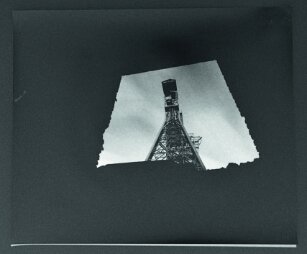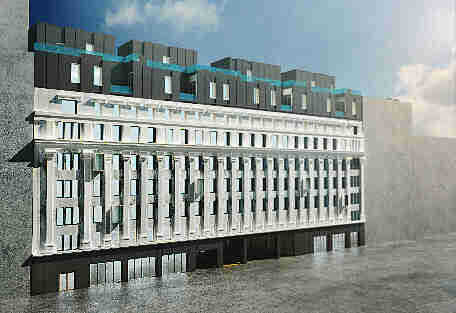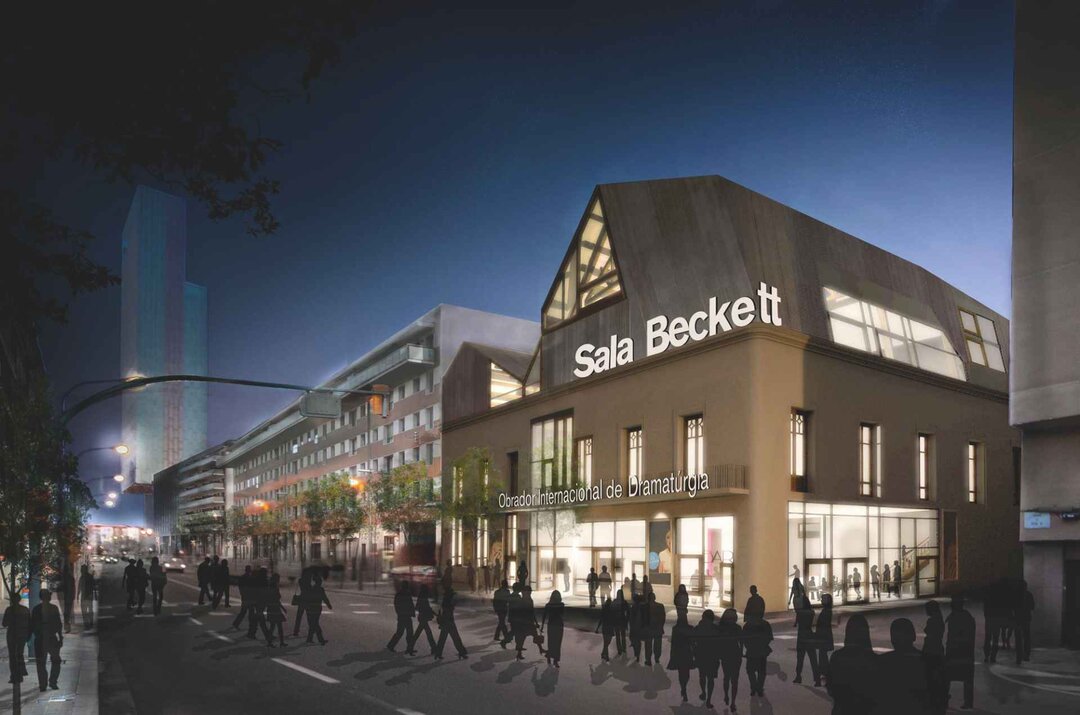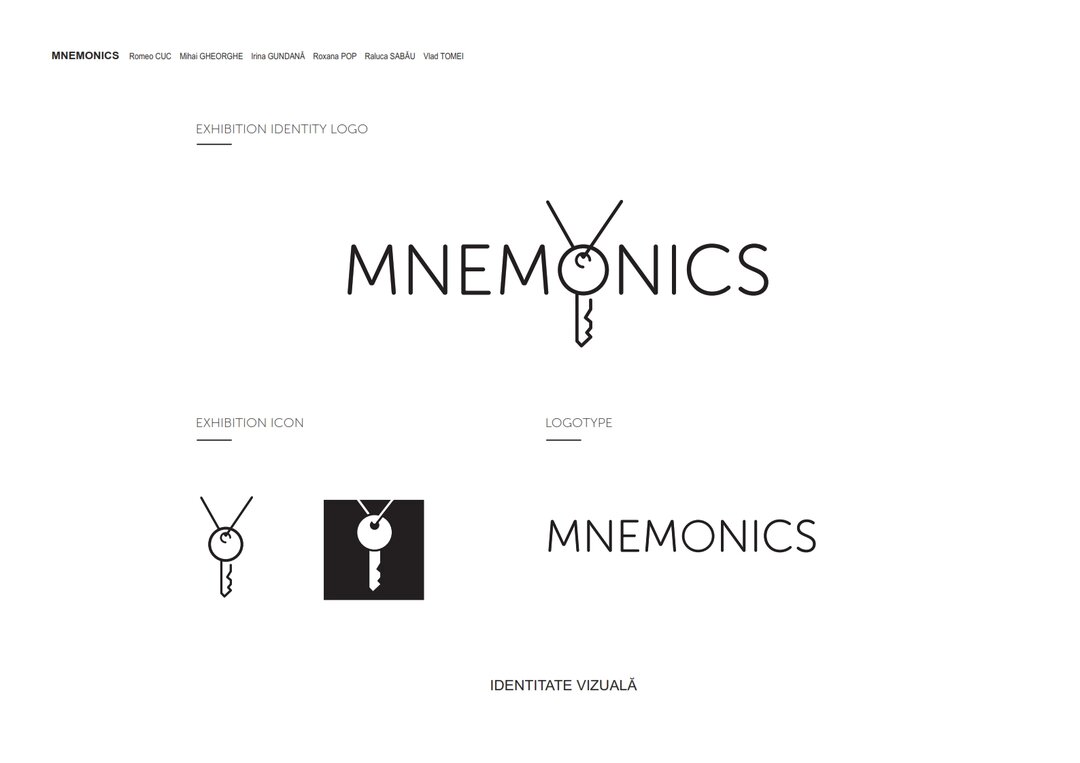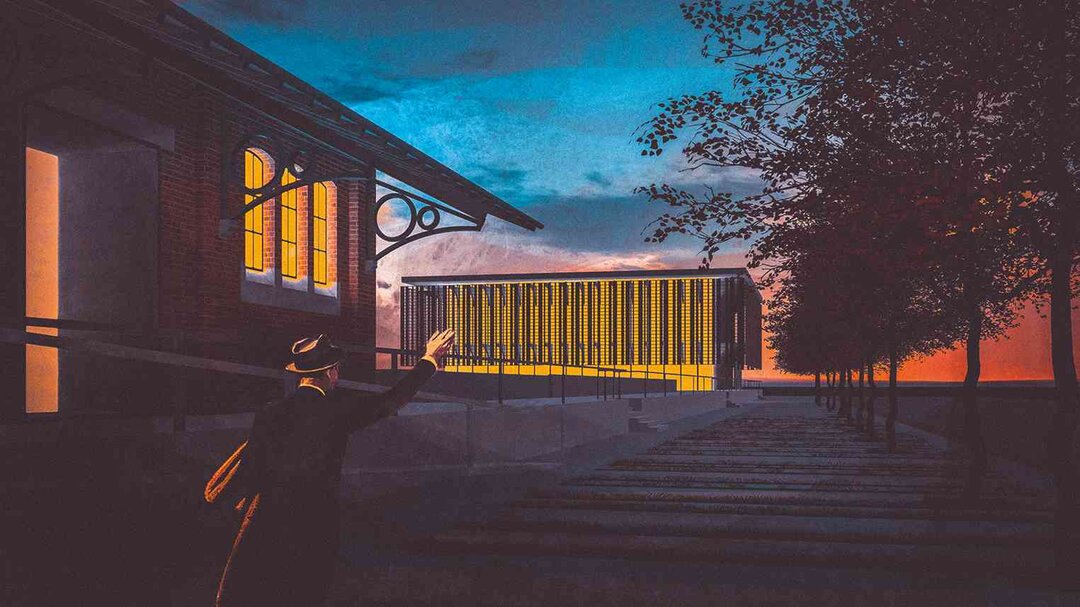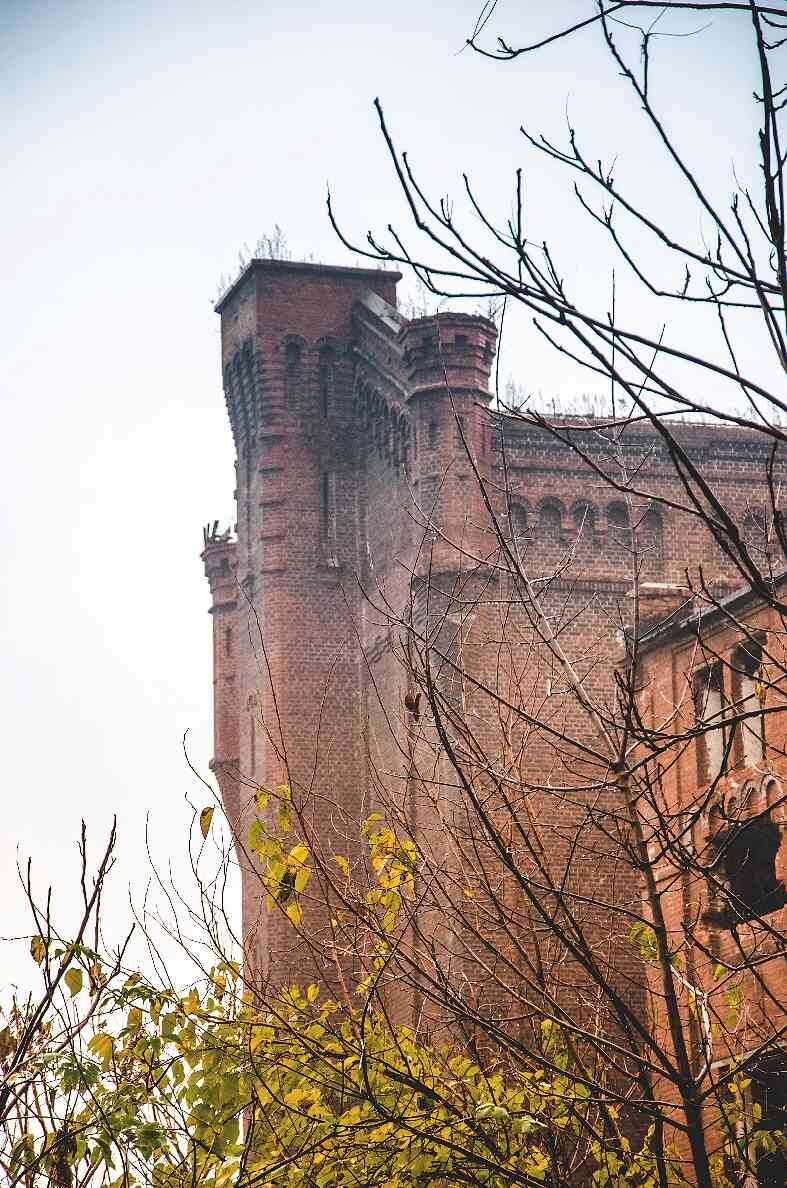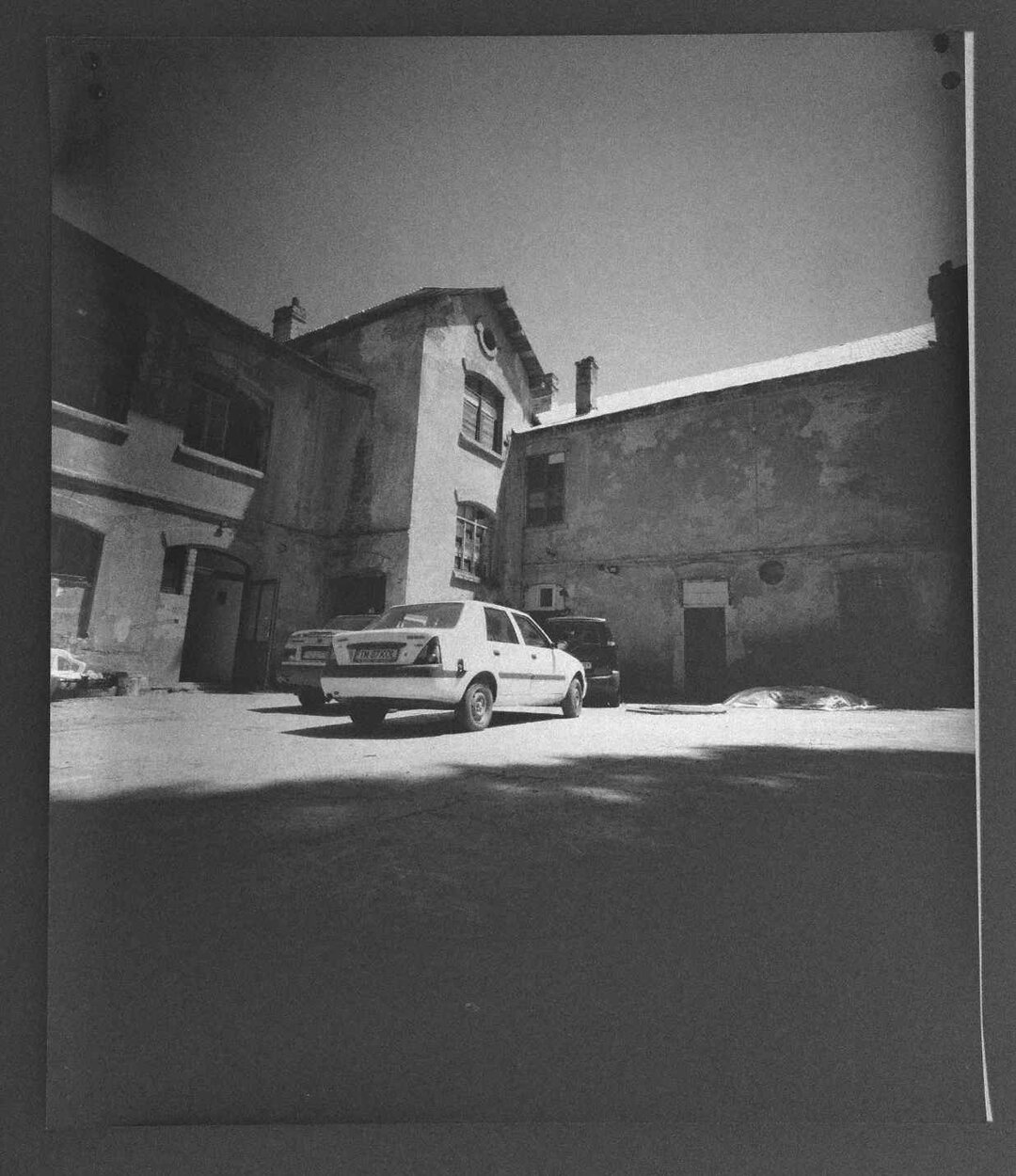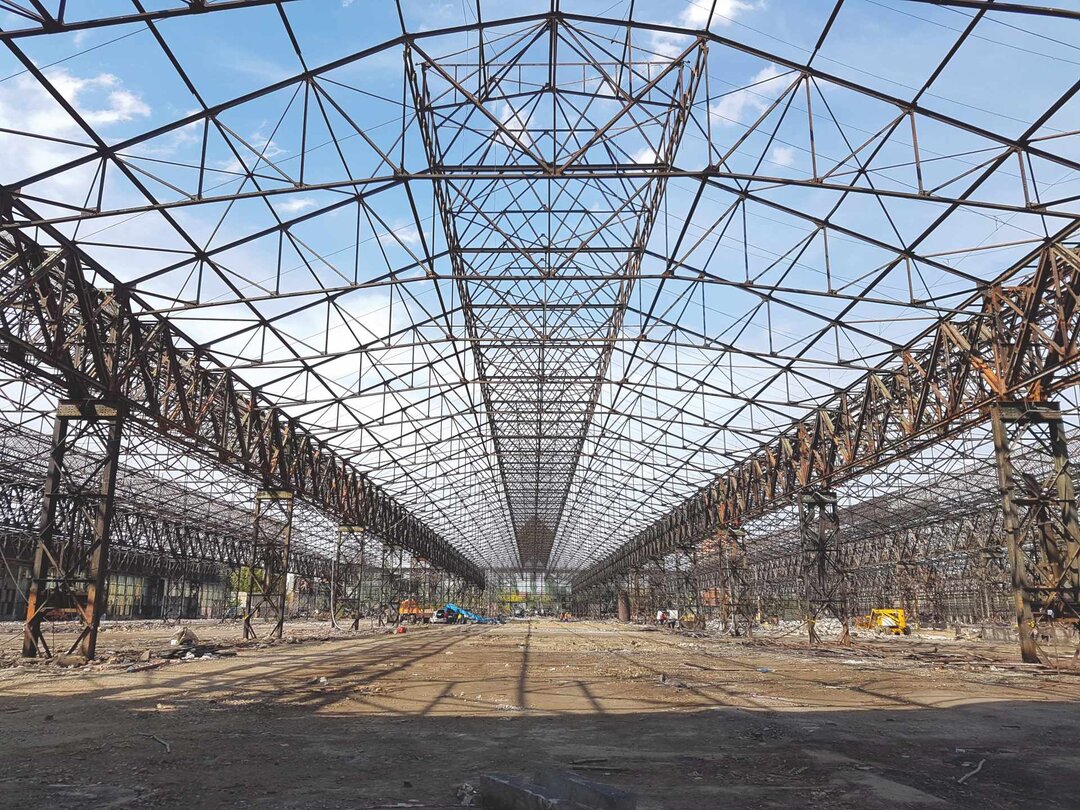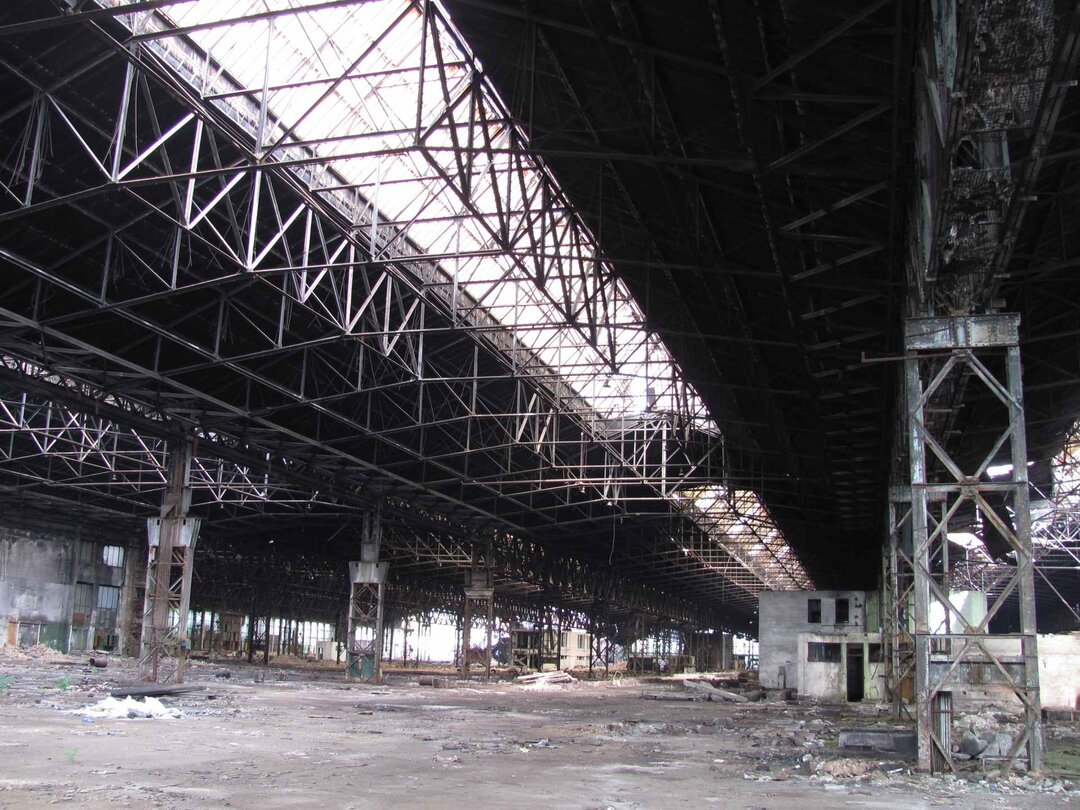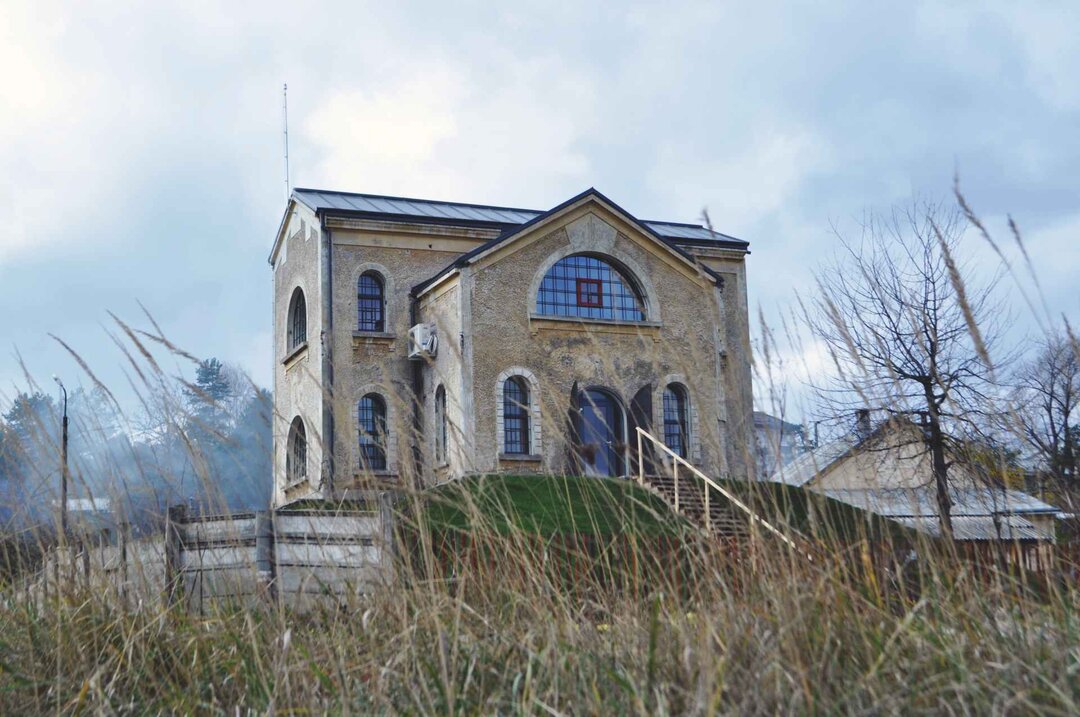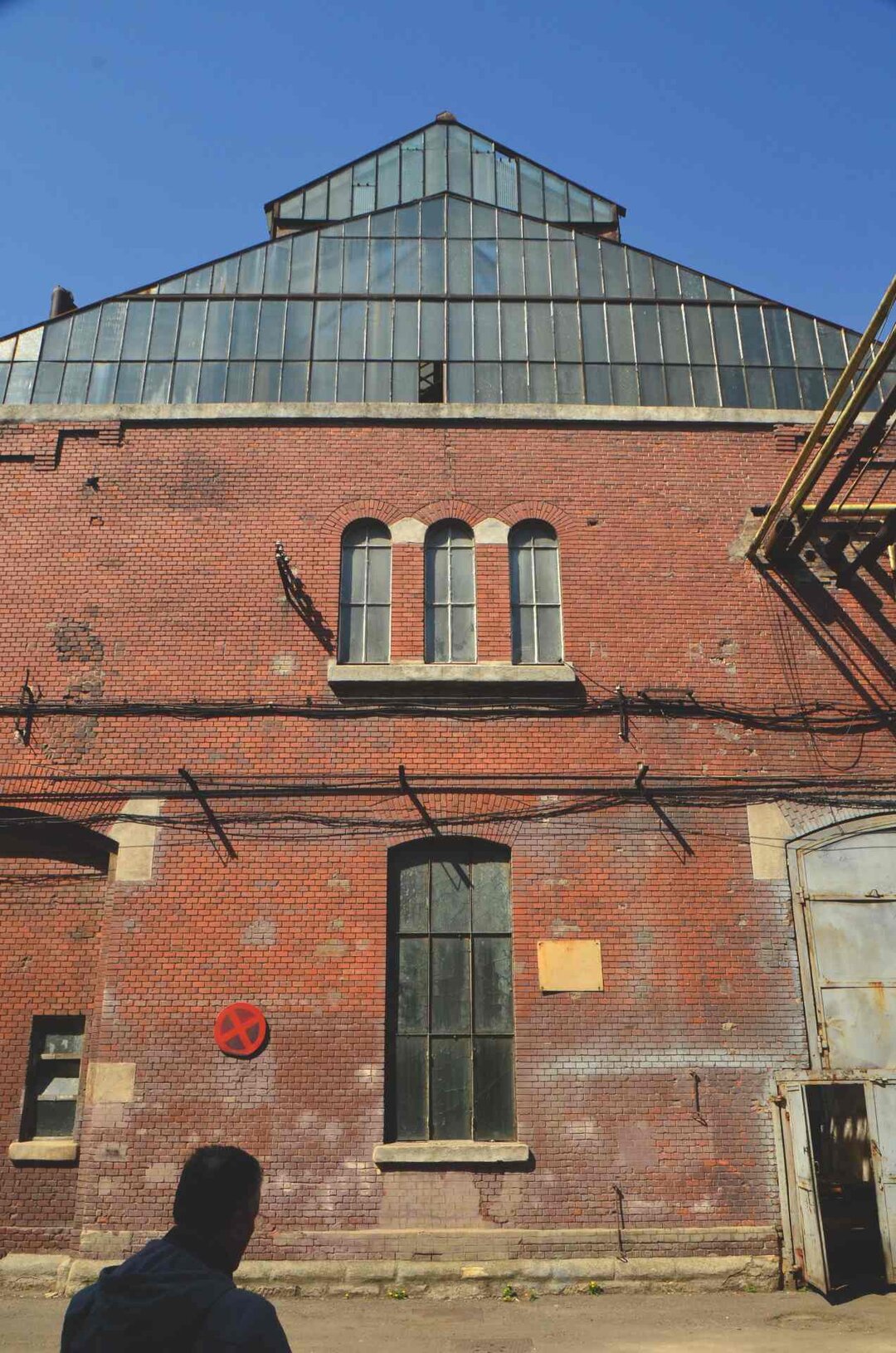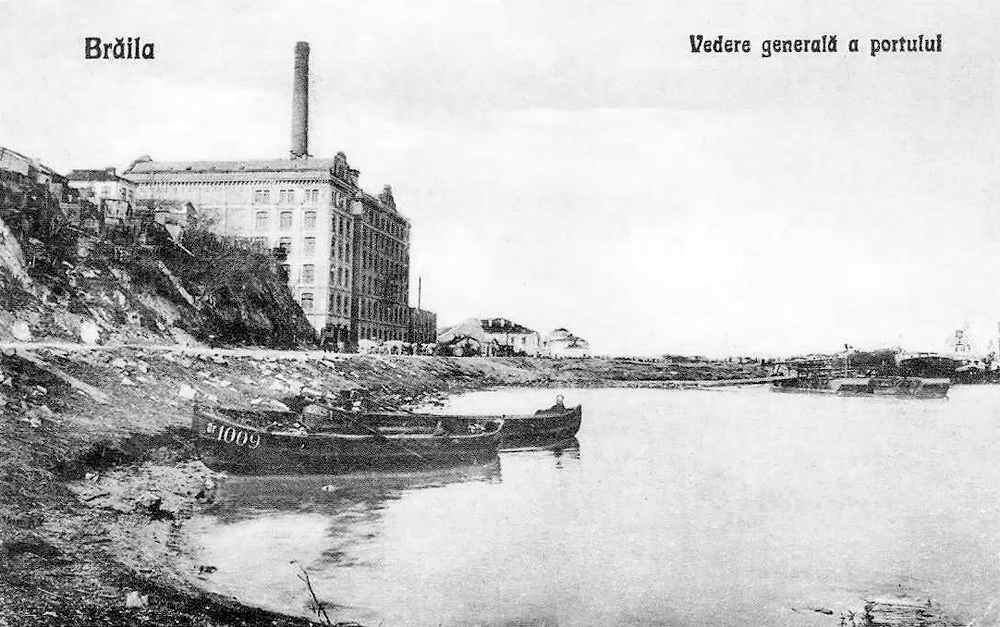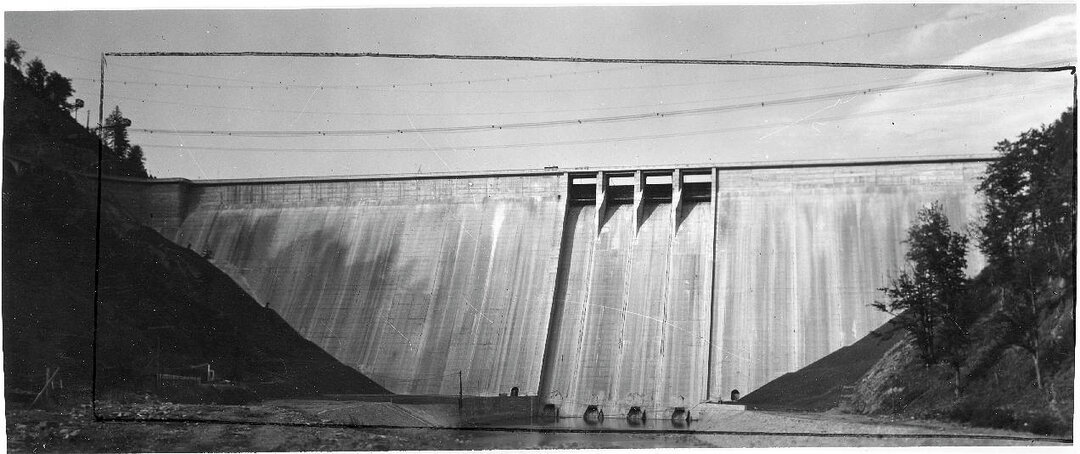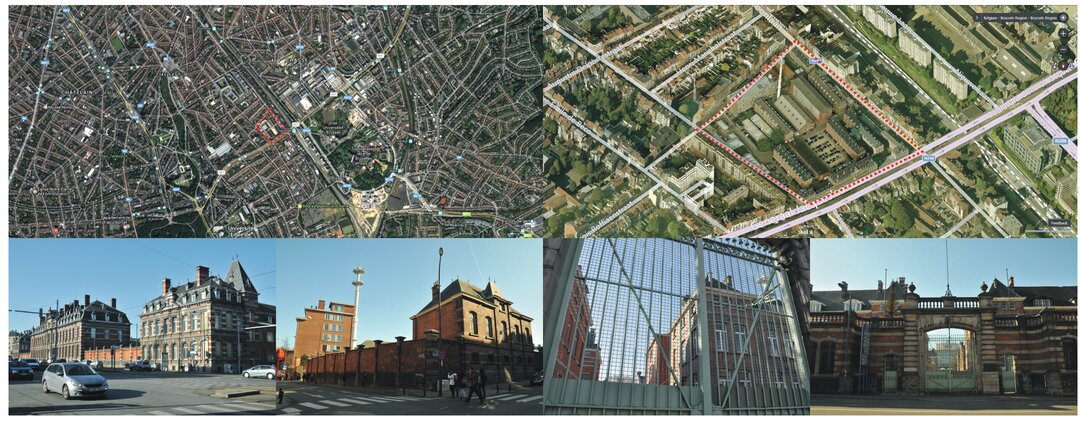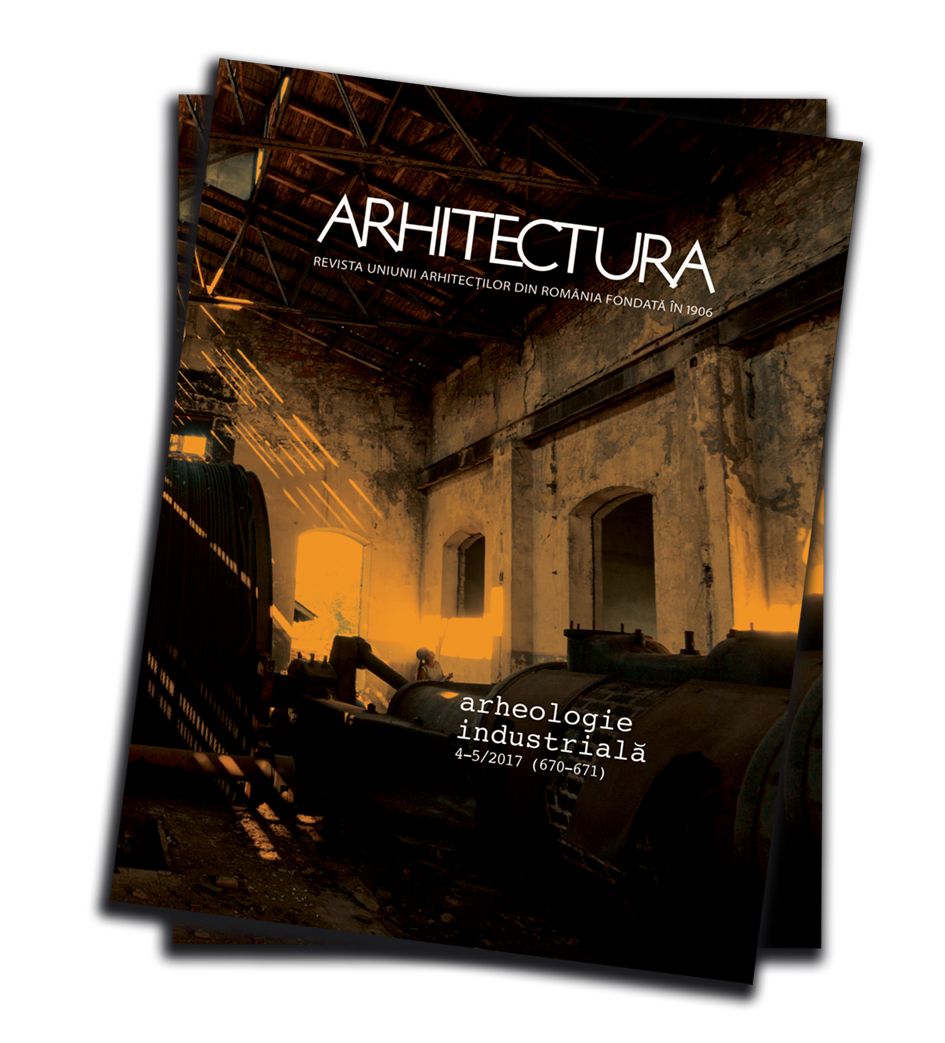
The Industrial Heritage in Romania – about the State of the Specialised Inventory

text: Ioana Irina IAMANDESCU

In Romania, industry has left its mark on the territory and the urban landscape in a way that cannot be ignored and that is certainly present in the memory of each one of us and in our daily routine. But there is a long 'distance' between the mere presence of these traces on the ground and awareness of their importance. These places are gradually disappearing. The enormous scale of some of them, or their physical inaccessibility, means that we do not notice their disappearance until too late. The somber or elegant, smoky or noisy, animated or silent silhouette that used to be the backdrop to our daily routines is gone one day, without us even being able to identify the moment of disappearance or to say with certainty what we (are) missing... The historical, technical, architectural, urban-planning - in fact, cultural - relevance of these places remains little known to the public and even to professionals, which makes it all the more important to document them. Knowledge of these 'traces' of the industrial past and, in particular, the identification of significant sites as valuable and worthy of protection is the first step towards protection.
Concern for the mapping and inventorying of industrial heritage values has been present in Romania since the 1950s, as part of the campaign preceding the publication in 1955 of the List of Cultural Monuments in the territory of the P.R.P.R.1. Concerns prior to this time remain unidentified, the work of the Historical Monuments Commission2 being oriented towards "classical" monuments, mainly religious, but also castles, manor houses, urban residences, public monuments, commemorative, archaeological monuments. The 1955 list contains a small number of technical monuments: some are listed under the category of "architectural monuments" - stone bridges or mills, but most are listed under "historical monuments" - the ruins of the gold smelter at Cavnic, the ruins of the iron smelting furnace at Moneasa, etc. It does not contain any industrial monuments in operation/production, the few monuments included - out of use or in a state of ruin - being selected rather for their historical-memorial value. Also, for some historically active industrial areas (e.g. Banat) industrial monuments are completely missing.
In the following decade, an initiative seemingly independent from the idea of heritage protection had interesting results. In 1957, the State Water Commission inventoried 5,537 pre-industrial technical installations. More than 4,000 of these were mills, in addition to which pikes, winnowers, howls, howls, gates, saws, sawmills, joists, etc. - all hydraulically operated3- were also recorded. This is a category of vernacular technical heritage, "fragile" by definition, which - even if a number of outstanding examples have been taken over by folk art museums and some installations are still in situ - has drastically decreased in terms of the number of monuments preserved over the last 50 years. According to information held by the National Heritage Institute4 , in 2012, the List of Historical Monuments included about 160 mills, 6 pives and dârste, 6 joinery mills, 4 winnowing mills, 3 sawmills. A comparable number of technical installations have been taken over, dismantled and reassembled in museums. Even with a generous rounding of the figures, these together represent only about 7% of the installations inventoried in 1957.
In 1961, a new category of "monuments of industrial architecture" appeared in the State Committee on Architecture and Construction's theme for an updated list of monuments5. Although it was proposed to add notable monuments omitted from the 1955 list, such as the Govăjdia Furnace (Hunedoara County) or the Zimbru Furnace (Arad County), the initiative did not produce any concrete results, namely an update of the List on this subject.
With the creation in 1974, in addition to the County Museums, of the County Offices for the National Cultural Heritage and that of the Municipality of Bucharest (O.J.C.C.P.C.N. and O.C.C.P.C.N. - M.B.)6, the concern for this new category, without being an end in itself, is beginning to be more important in some counties, associated with the efforts of the county museums of History, but also Ethnographic or Popular Technique (Caras Severin, Timis, Maramureș, Bihor, Cluj, Sibiu etc.). Unfortunately, the results of the inventories carried out during this period remained practically inaccessible, unpublished and uncorrelated at national level, and can be considered as "drawer" information, kept to the extent that each institution managed its archive correctly7 or there were specialists (generally museographers "reoriented" towards built heritage) interested in technical and industrial heritage who even filled in the information in the files over time8. A reconstitution of the situation of the technical and industrial heritage in the 1970s and 1980s on the basis of the archives of these institutions - archives kept (with exceptions) either in the museums concerned or by the new County Directorates of Culture (set up by the merger of the O.J.C.C.P.C.N. with the County Inspectorates for Culture in 20019) could establish an important scientific benchmark, useful for assessing the losses of later years.
The results of this work were only partially taken up when the List of Historical Monuments (LMI) was drawn up in 1992. Although the number of industrial monuments inscribed on the LMI has increased significantly since 1955, the selection of monuments and their distribution by county is not the result of a sustained specialized campaign or research. In addition to the "speed" of the work imposed by the need to re-establish an official List in the regulatory vacuum created by the abolition of the D.M.I. in 1977, the 1992 List reflects in many counties the lack of specialized personnel on the subject (in favor of specialties traditionally associated with heritage protection - art historians, archaeologists, historians, architects) and, consequently, the professional subjectivism of those involved in the elaboration of the List - especially under the imposed emergency regime - in the campaign coordinated by the newly-established Directorate of Historical Monuments in 1991-1992. The industrial subject is virtually uncovered in counties with an industrial tradition such as Sibiu or Iași, and for Bucharest the List contains fewer valuable industrial sites than those preserved at the time - notable sites not included in the 1992 LMI are, for example, the Wolff Factories (formerly Steaua Roșie, today Hesper SA), the Solaris and Muntenia Oil factories (later demolished), the Match Factory, the Ford Factories (later classified), the Abatorul.
The LMI approved in 2004 and amended in 2010 and 2015, which took the 1992 List as its starting point, contains about 29,400 monuments including about 880 monuments of technical/industrial or industry-related value. Of these, some are traditional pre-industrial technical installations, a significant proportion are railway constructions - halts, stations and infrastructure, another are constructions associated with agricultural production, with only around 60% being considered as industrial (factories, plants, workshops, hydro-technical installations, etc.). In the context of acute underfunding of the field and the lack of specialized human resources, the National Heritage Institute (INP) - responsible for drawing up and updating the List - has not carried out a systematic programme of mapping and inventorying industrial heritage in any of the campaigns mentioned, which would help to compensate for the gaps identified by identifying significant industrial sites worthy of classification.
However, a number of independent initiatives to inventory Romania's industrial heritage in the last 10 years can be mentioned:
a partial inventory of monuments in Caras Severin, the county with the highest density of industrial heritage and holder of more than 200 LMI positions out of the 880 mentioned, carried out by the University of Architecture "Ion Mincu" in Bucharest as part of the research project "Industrial Heritage of Mountain Banat - European level and potential for integration" in 2004-2005;
an inventory of industrial monuments and movable heritage content for 6 counties in Moldova in the framework of the project "Memoria Patrimoniului Industrial" (Memory of Industrial Heritage) carried out by the National Museum Complex Moldova in Iasi in 2006-2007.
Initiation of an inventory of the classified industrial monuments and those proposed for classification in the counties of Cluj (24 documented records), Maramureș (27 documented records), Sibiu (17 documented records) and Bucharest (36 documented records), realized within the project "Partnership for the valorization of the industrial architectural heritage" by the Transsylvania Trust Foundation and the Association for Industrial Archaeology - AIR in 2010.
Carried out with the collaboration of certified specialists in the field of monument protection, these partial inventories - in correlation with the revision of the methodology of classification and inventory of historical monuments in order to introduce the necessary elements to adapt the evaluation to the particularities of industrial monuments - could be the starting point for a specialized database, integrated into the inventory system of the INP, after the application of a specialized "filter". As the problem of resources - human and financial - caused by poor regulation and under-financing of the field has worsened, the INP has opened the way to these collaborations with civil society, universities and independent professionals on several priority themes, under-represented in the LMI, such as sports heritage, recent heritage or industrial heritage.
The "mixed" inventory program to be founded would reconfirm what was already demonstrated in the 1960s in the UK10: when the state does not have sufficient human or financial resources, civil society can play a compensatory role, partial and temporary, but essential in documenting and saving heritage. Of course, such a program is not enough, but it is a first and essential protective measure - a coherent inventory could highlight unique sites and objects of exceptional value and, importantly, provide a clear overview of preserved industrial heritage by type and value category and of heritage that has been lost or is likely to be lost soon in the absence of legal protection or conservation interventions.
NOTES
1. Decision no. 1160/23 June 1955 of the Council of Ministers of the R.P.R.
2. Body established by Royal Decree No. 3658 of November 17, 1892.
3. Volker WOLLMANN, Patrimoniul preindustrial și industrial în România, vol. I, Sibiu, Editura Honterus, 2010, p. 8.
4. Extract from the List of Historical Monuments 2010, INP, May 2012.
5. Volker Wollmann, Patrimoniul preindustindustrial și industrial în România, vol. I, Sibiu, Editura Honterus, 2010, p. 14.
6. Law No 63/1974 on the Protection of the National Cultural Heritage of the Socialist Republic of Romania.
7. Vasile CRIȘAN, "Protection of Sibiu's Cultural Heritage. Istorie și actualitate", in Conferințele Bibliotecii Astra nr. 105/2010 2001.
8. We note, among others, the work of Rodicăi Hârcă and Ronald Hochhauser in Oradea or Mircea Dan Lazăr in Sibiu.
9. According to Law 182/2000 on the protection of the national mobile cultural heritage and Law 422/2001 on the protection of historical monuments.
10. Ioana Irina Iamandescu, "Inventarierea, un primer pas determinant în protejarea patrimoniului industriale", Transsylvania Nostra Magazine, no. 3/ 2014, p. 21-23.


